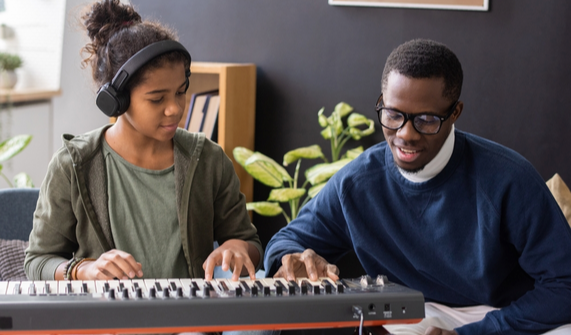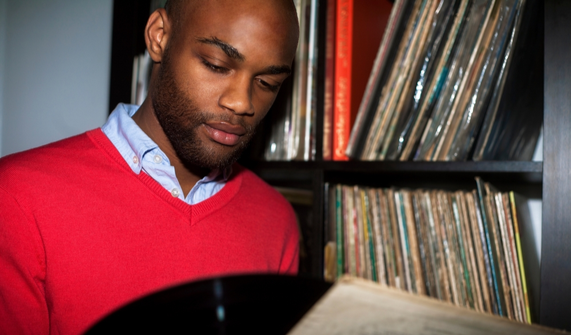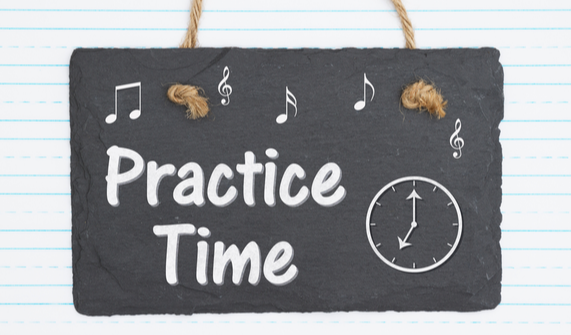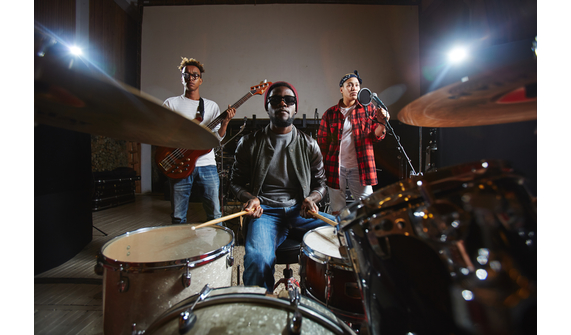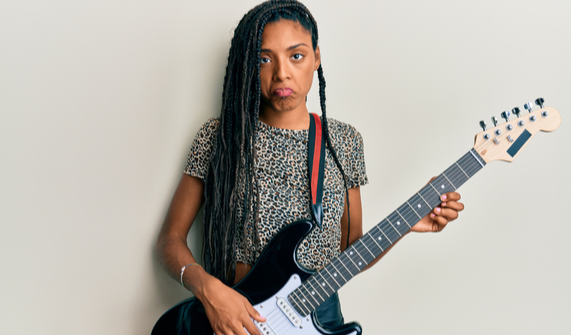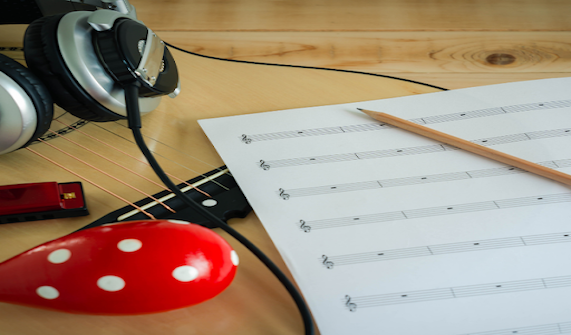
Write Your Song!
Have you ever heard a melody floating in your head? You feel it could be a hook to your next hit song, but you are probably unsure of how to reproduce it. You have come to the right place. The melody in your head is the beginning of your story and is complimented by words that marry the music that is birthed within you.
As soon as you think of your ideas, record them whether in your notebook in your phone or on a software. This way you can always come back to the song to add, edit and improve on your work. As you go along, the rhythm becomes the engine of your music and guides you to a structure that cultivates patterns of beats needed to make notes and pitches in the melody. This is called the composition structure.
The melody is the driving force of your song, the lyrics are the storytelling part of the song, and is the link to making your listeners have an emotional connection. When they listen to the words they feel they can relate to what inspired you to write your song. This is why lyrics are so important because you are building on your story and taking your listeners on your journey.
A major contributor to songwriting is using an instrument to assist in your composition. Both the Piano and the guitar help with song patterns and chord progressions. Using any of these classic instruments will assist in honing your skills in songwriting since you are able to identify the chords and key signatures that match the melodies that you have created.
Most importantly, it is the steppingstone for finding creative ways to structure your songs. Sometimes the chorus of your song is what first pops in your head. Use that as a lead to compose your song. Start by finetuning your chorus and then use the words in your chorus to help to tell the rest of your story.
Keep the basic structure of your song in mind which will be Intro, Verse, Chorus, Verse 2, Chorus, Verse 3, Chorus, Bridge, Chorus and then Outro. The instrument you choose is an extension of your songwriting that helps to deliver your story in the way you envisioned it when putting your words down on paper. The goal is to inspire your audience and to mirror the same feeling you have, by igniting those emotions.
Written by: Nadine Brady-Taylor
